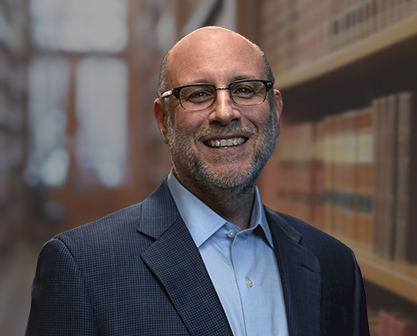Monsanto
You may be entitled to receive compensation. Mesothelioma and lung cancer victims & their families have been awarded over $1 million+ from easy access to funds. Call us today to apply.
Over the past 20 years, we've helped 1,000s of families claim the compensation they deserve with no upfront costs to them.
History of Monsanto
Table of Contents
John Queeny founded Monsanto in St. Louis, Missouri in 1901 as a chemical company, whose initial focus was producing caffeine, vanillin (artificial vanilla), saccharin (an artificial sweetener), and other food additives. After expanding to Europe through the acquisition of a chemical company in Wales in the late 1910s, Monsanto broadened its chemical products to include salicylic acid and aspirin, rubber processing chemicals, sulfuric acid, and Polychlorinated biphenyls (PCBs). Monsanto acquired another chemical company as well as a chemical laboratory in the mid-1930s to further its endeavor in the PCB business. In the decades after World War II, the company developed its own laundry detergent, manufactured DDT, a chemical insecticide used to kill malaria-carrying mosquitoes before it was banned in the US in 1972, and produced Agent Orange to be used in tactical operations in Vietnam by the United States military.
In the years that followed, Monsanto began pivoting into the agribiotech and pharmaceutical spaces through acquisitions of other companies and its own developments. The company’s scientists were the first to genetically alter a plant in the early 1980s and purchased numerous other companies that accomplished groundbreaking biotech innovations. Monsanto began divesting its businesses and reducing its footprint in the 1990s, before merging with Pharmacia & Upjohn in 1999. The “new” Monsanto was eventually sold to Bayer in 2018.
Asbestos Use at Monsanto in Massachusetts
Chemical plants can be an extremely dangerous and hazardous place to work, and workers can encounter potential health hazards at every turn in such facilities, including that in Springfield, MA. Heat is a key ingredient in the production of certain chemicals, and prior to 1980 when the use of asbestos began a swift downturn, asbestos was a very inexpensive, available, and effective insulator, which had been widely used in manufacturing settings across many industries for several decades. Manufacturing equipment and machinery including ovens, incinerators, and mixing machines contained asbestos insulation to help control temperatures and make the equipment safer to use for its operators. Due to the high levels of heat throughout these facilities, workers were typically clad head-to-toe in protective gear (including face masks, gloves, and cover-alls) made from asbestos-woven fibers to protect them against this heat. The chemical plants themselves were most likely built with construction materials that contained asbestos as well, such as plumbing and steam pipes, electrical wiring, concrete, floor tiles, and more. There was a nearly constant, persistent opportunity for plant workers, facility inspectors, maintenance technicians, delivery staff, and other visitors to be exposed to asbestos. Sadly, unbeknownst to them at the time, this long-term exposure to asbestos could cause serious health issues in the long term, including mesothelioma.
Monsanto Mesothelioma Trust Fund & Lawsuits
Monsanto spun off its chemical business into an independent company called Solutia Inc. in 1997. Over the six years that followed, Solutia was facing over 570 lawsuits related to asbestos and spending over $100 million per year defending them, including two settlements it reached worth over $3 million. In 2006, the Environmental Protection Agency (EPA) sued Solutia and two other companies over soil contamination, after 800 drums containing lead, PCBs, asbestos, and other hazardous materials were found buried on an 11-acre property in St. Louis.
Our Top-Rated Asbestos Attorneys Represent Monsanto workers
If you or a loved one has been diagnosed with mesothelioma, lung cancer, or another asbestos-related illness due to asbestos exposure at Monsanto in Massachusetts, you need to speak with an experienced asbestos lawyer as soon as possible.
At Belluck Law, our nationally recognized mesothelioma attorneys have extensive experience fighting for families and workers exposed to asbestos. We are proud to have secured more than $1 billion in compensation for asbestos victims and their families.
We are ready to help you. Contact us today to set up a free consultation. A partner at our law firm will personally call you to talk about the details of your case and explain your legal options. Our law firm does not charge (any legal fees upfront and we do not get paid unless and until we secure compensation for you.
